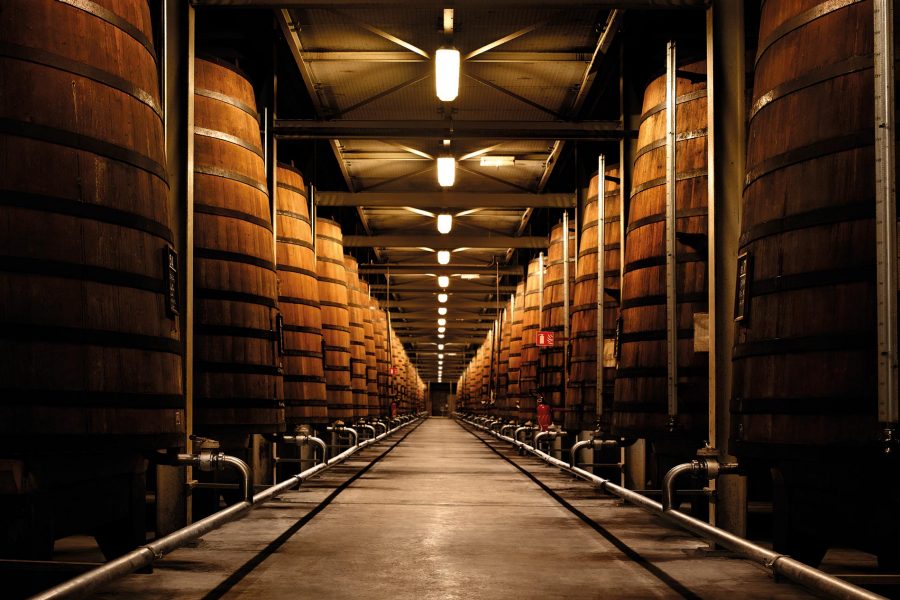It is one the most damning travel reviews ever written: ‘Last week I went to Philadelphia,’ said the American comedian W C Fields, ‘but it was closed’. That verdict pretty much sums up the traditional attitude of French travellers to the town of Cognac in the southwest of the Charente region.
Fields was probably just upset he couldn’t find a bar that was open in Philly. The French attitude to Cognac is more nuanced. The farmers and vineyard owners there divide up their farms into ‘borderies’: closed parcels of land. By some puckish trick of language, that ‘closedness’ has come to be applied to the Cognac character. Like their land, they’re said to fence themselves off from the outside world.
But then, the rest of France is not very interested in what the region has to offer: principally, the finest brandy on the planet. I’ve never heard it satisfactorily explained: that this country of gourmands and wine lovers accounts for just 2 per cent of the annual sales of cognac. Even in Cognac itself, cognac is no big deal. ‘My father has a Rémy Martin sometimes,’ a woman says to me at the Hôtel Chais Monnet bar. ‘But he always mixes it with something else’.
For the rest of the world, Cognac and Jarnac, its sister star in the premium liqueur firmament, are anything but closed. Long before the grand châteaux of Burgundy and Bordeaux decided to leave their ornate iron gates a tiny bit ajar to visitors, the great Cognac houses were not just making visitors welcome – they were pulling out the stops to entertain them.
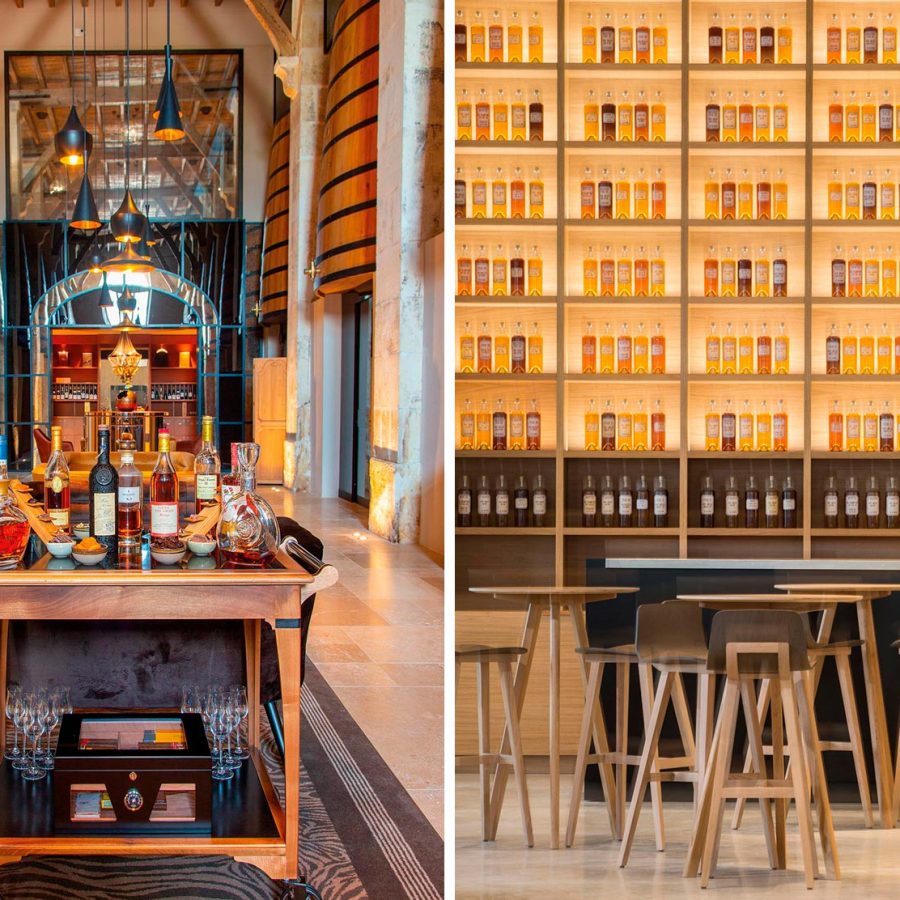
Credit left: Jonathan Bruneteau
Go to Courvoisier in Jarnac and you get a brilliant exhibition majoring on its most celebrated drinker, the Emperor Napoleon. He wasn’t alone: Busta Rhymes, alongside drinking companions Pharrell Williams and P Diddy, urged us to Pass the Courvoisier in 2002. The brand is now the official cognac of Def Jam, the US music label that’s home to hip hop aristocracy.
Cognac is a pleasant town to wander around. The medieval walls have all but gone, but the streets retain the meandering structure of the moyenne age. If it weren’t for cognac (the drink), Cognac (the town) would probably be best known as the birthplace of the large-nosed, artistically inclined 16th-century king François I. In the formula of the old Michelin guides, Cognac without cognac would be worth a detour, but maybe not if time presses. Cognac with cognac is an essential excursion for anyone interested in French provenance and the history of great brands.
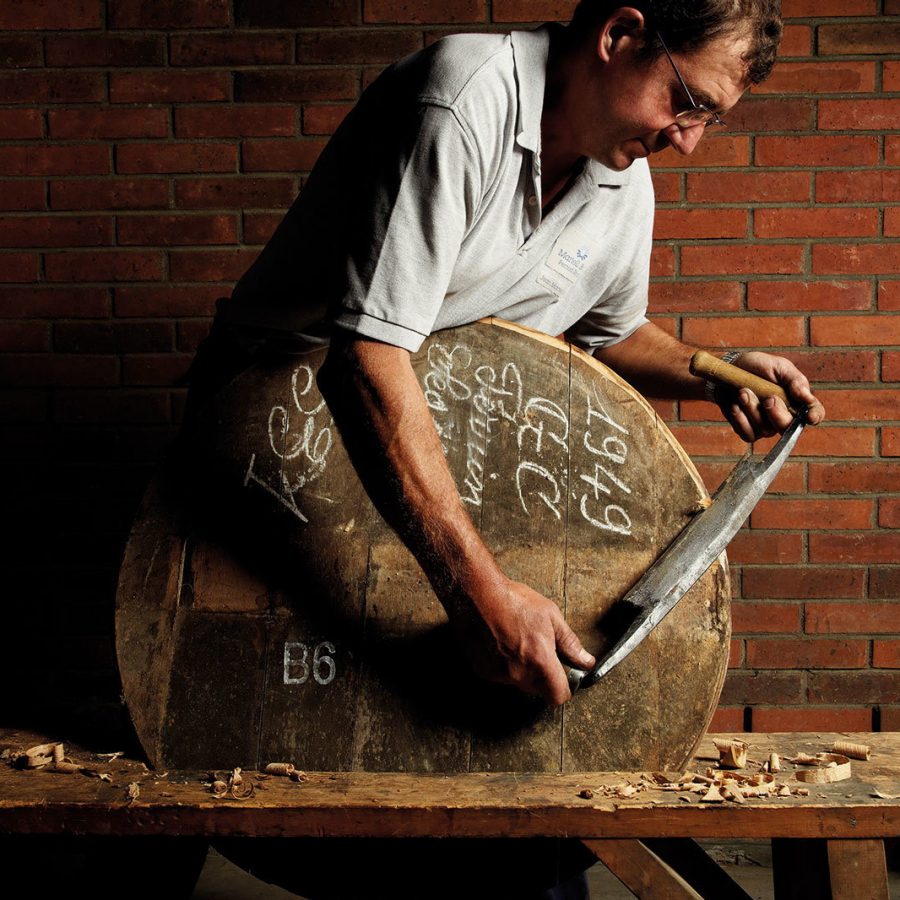
Credit: Elias
And now one of the grandest houses of them all has pushed the boundaries further still with Martell: The Journey, a creative tour mixing genealogy, history and modernity. Martell is right in the centre of Cognac, between the old city walls and the Charente river. The entrance hall reminds you of a sleek luxury-car showroom: minimalist design, smart lighting, the products on plinths and in alcoves.
The founder of this 300-year-old enterprise is Jean Martell, an outsider from the British island of Jersey who won the heart of a rich Cognac society girl, then the respect of her fellow citizens by encouraging his fellow Britons to savour their best eau de vie: something they have been doing enthusiastically ever since.
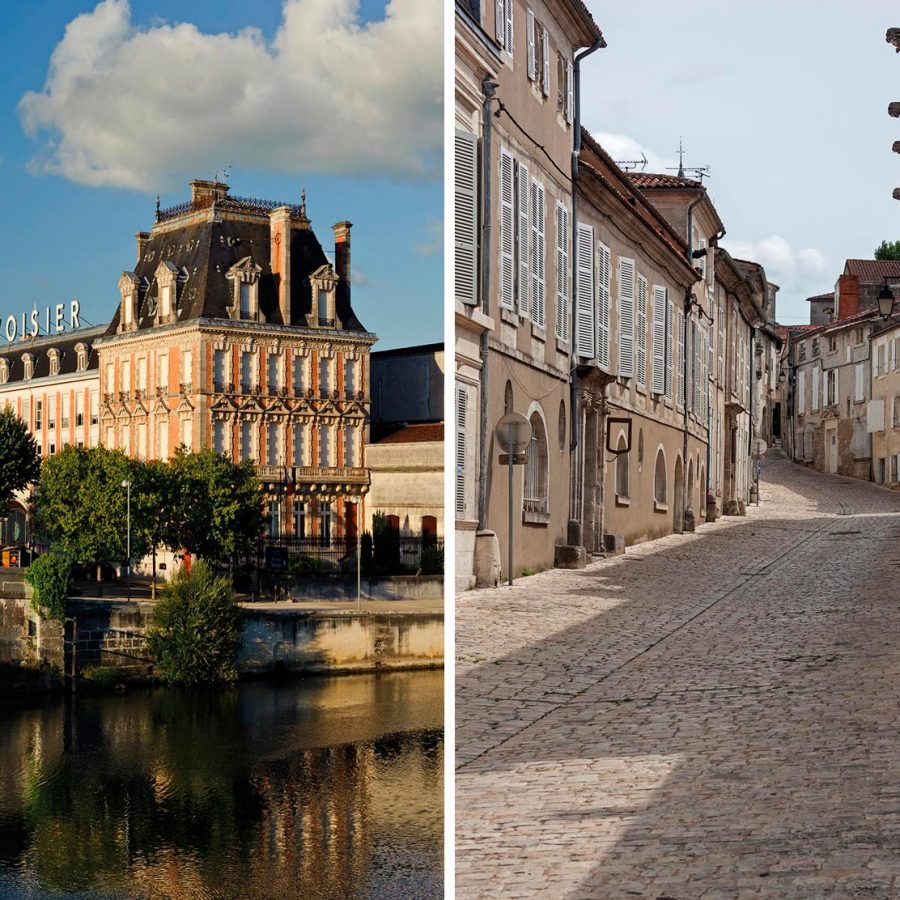
Credit left: Cyrille Gibot / Alamy Stock Photo; Credit right: Shandarov Arkadii/Shutterstock
The section dedicated to Martell’s vintage advertising and overseas operations is an insight into the global success of this highly provincial place. It includes a certificate and a chop from 1946 that accompanied a voyage to Shanghai and guaranteed the quality of the shipment.
And this supposedly hidebound, ‘closed’ community of artisan spirit makers has embraced another trend too: cocktails. As part of Martell’s multi-million-euro refurbishment, the squat tower block that dominated the town has been painted an elegant chalky grey and topped by a fashionable rooftop bar. Another fashionable cocktail bar is next door within the Chais Monnet hotel.
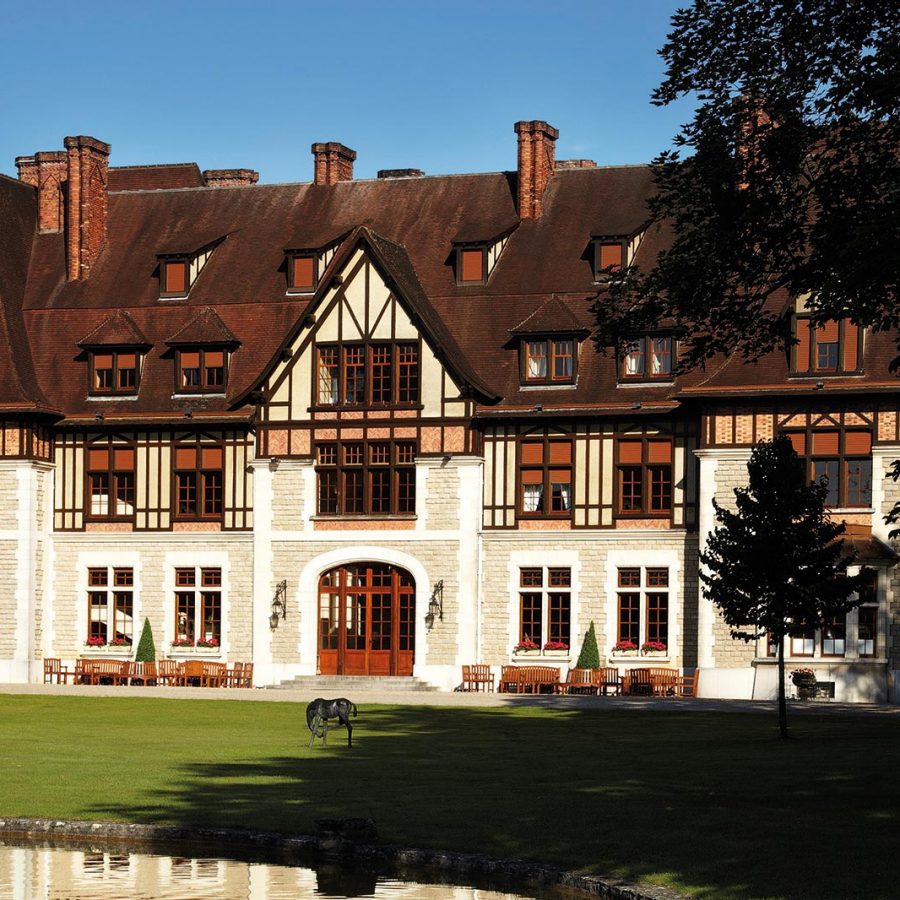
Credit: Elias
The last time I was in Cognac, the best place to stay was the Château de L’Yeuse, five kilometres out of town. With visitors from all over the world keen to stay in the centre ville and recover after their tastings, river cruises and tours, a good, modern hotel was sorely needed. In Chais Monnet it has something more, a place that more than rivals the design hotels of Bordeaux.
It’s fashioned out of the old Monnet family château and production houses. The walls and walkways are shaped from the creamy limestone of the area – the same limestone that gives the four types of terroir needed for cognac grapes their distinctive characteristics.
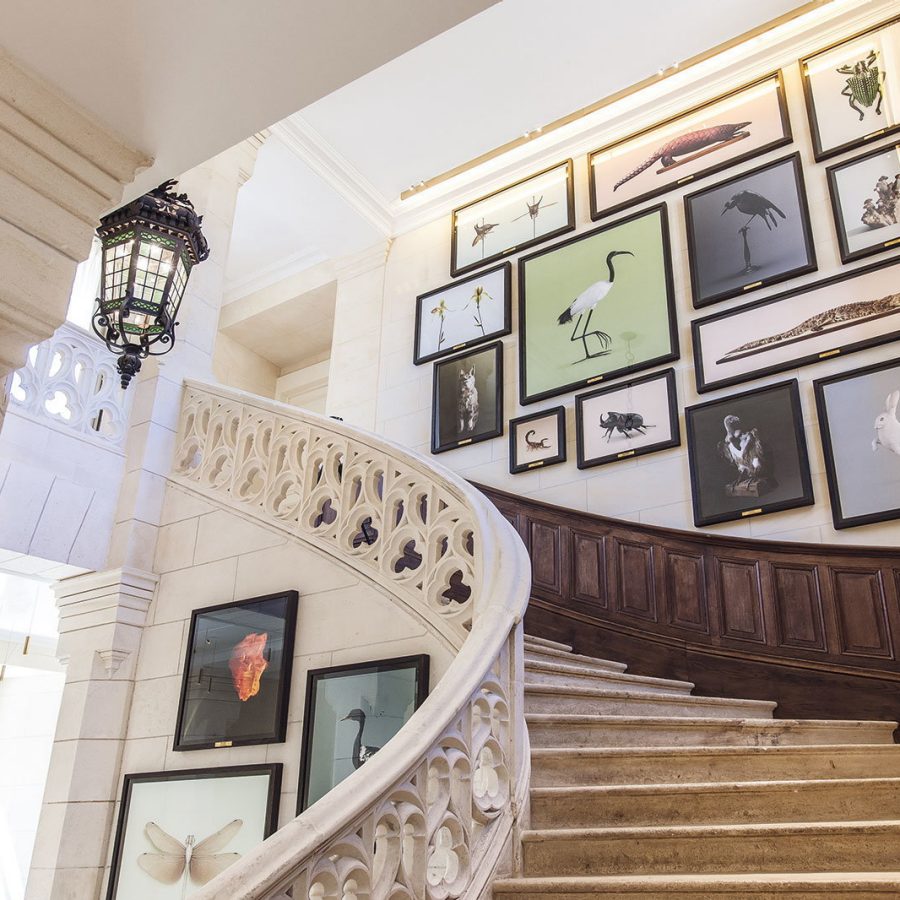
Credit: Courtesy/Domaine des Etangs
I heard that another fine country hotel I stayed in, Château de Brillac, has been acquired by a Chinese investor. Note that name and watch that space. Meanwhile, the Domaine des Etangs, near the small commune of Massignac, has the air of an enchanted kingdom even before you’re in the place. The first thing you see is the sculpture Sun by Ugo Rondinone – through the golden circle, an epic view of lawns, lake and woods.
It’s not the grandest château in France, but it may well be the sweetest. Two wizard-hat towers frame its honey-coloured walls. The land and the granite stone are different here: the pale limestone door surrounds are imports. Let’s not get too carried away with authenticity.
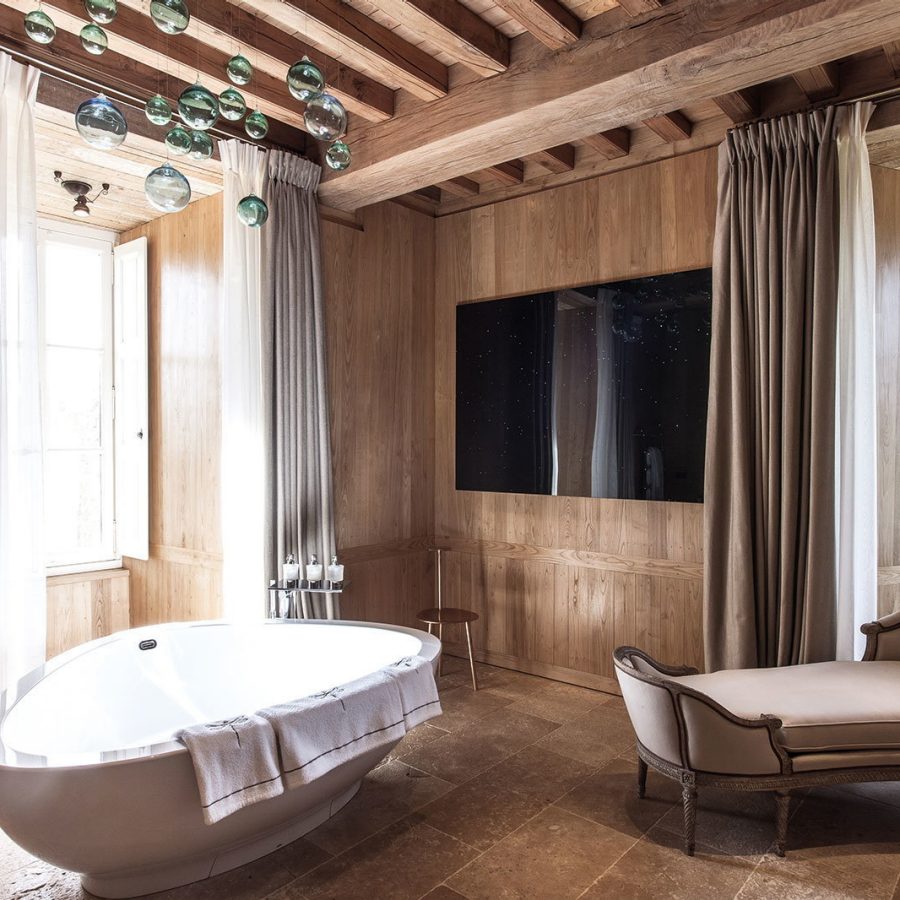
Credit: Courtesy/Domaine des Etangs
There has been a castle here since the 1100s. It was part of the fiefdom of the knights of Chasteigner de la Roche-Posay, a name to roll around your tongue like a fine cognac. But the Breuil-Hélion de La Guéronnière family, who inherited the castle in the late 18th century, were as much in love with neo-Gothic turrets and flourishes as Walt Disney was a century later. So they tore down the medieval castle and built this house.
In opening her country house as a hotel at the end of 2018, the current owner, Garance Primat, has done something rather radical and quite wonderful. Touring with estate manager Jean-Francois Magnan, I view a wide domain of valleys, fields, streams and farmhouses. There are seven lakes, there are herons, hedgehogs, ducks, otters, deer, foxes and herds of Limousin cows. The children’s adventure playgrounds are little magic kingdoms in themselves. Small wonder that people who stay here for a week or more rarely venture beyond its 1,000 hectares.
The Domaine des Etangs is also as close to self-sustaining as resorts get: the château’s herb and vegetable garden is a kind of horticultural wonderland. The produce helps create a dinner which may be the best summer meal I’ve ever had.
Seated by an outdoor log fire, I finish the trip with a glass of cognac and a think. On the way north, we’d seen the long, teeth-grinding traffic jams building as half of France headed south for its summer holidays. Well, I love Provence, Arcachon and Lacanau too. But the department of Charente, of which Cognac is a small part, is not a place to be sidelined on the long journey south. It’s not dramatic countryside. It doesn’t have the châteaux of the Loire, nor the buzz of Bordeaux. But it has charm in spades and, like its eponymous drink, a taste and depth like no other.
Go further
Click here to learn more about Charente and Cognac
Walking through the gates of Martell is entering three centuries of history. Book tours and tastings here .
Cognac’s ‘other’ product is the Pineau des Charentes aperitif. Have a go at creating your own blend in a secluded hamlet outside Segonzac.
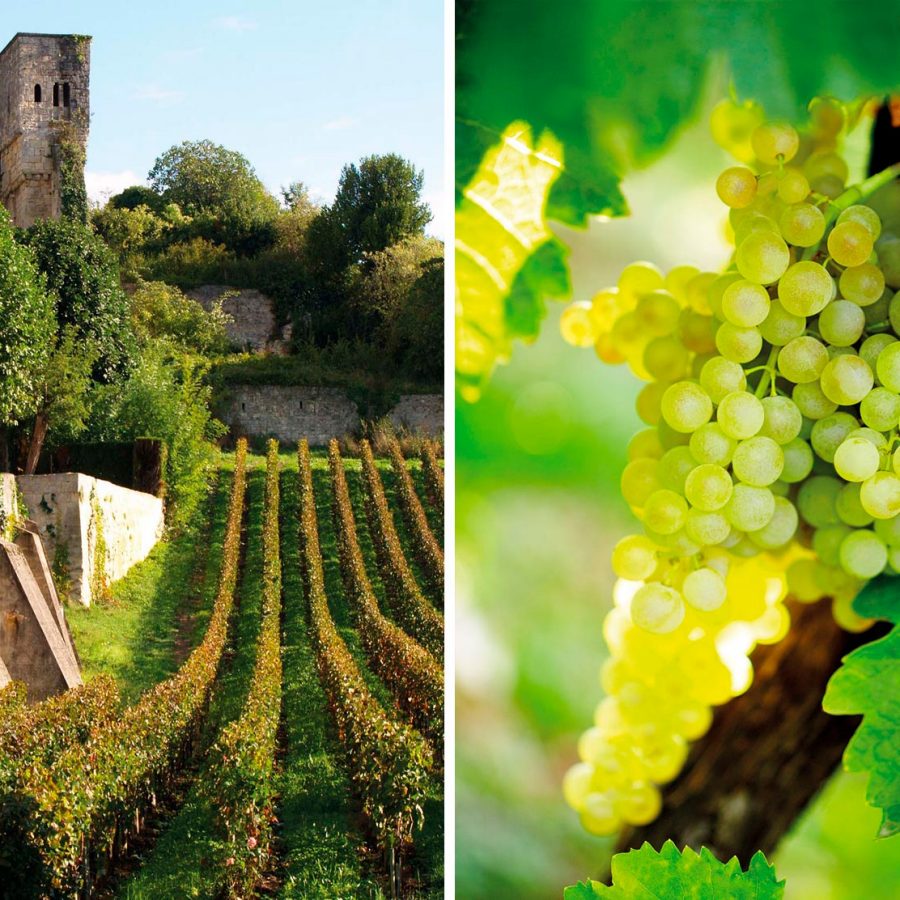
Credit left: Mikedabell/Gettyimages; Credit right: Elias
Recommended places to stay in Cognac include the Hôtel Chais Monnet, with its gourmet restaurant, jazz bar, spa and luxury rooms.
Also try the Domaine des Etangs with its fairy-tale turrets, towers, meadows and Michelin-starred restaurant. Don’t miss the lakeside spa.
More inspiration
- China – the Chinese Mainland, Hong Kong SAR, Macao SAR and Taiwan Region
- Hong Kong SAR - English
- Chinese Mainland (China) - English
- Taiwan, China - English
- 香港特別行政區 - 繁體中文
- 中国內地 - 简体中文
- 中國台灣 - 繁體中文
- Africa
- South Africa - English
- Asia
- Bangladesh - English
- Korea - English
- Singapore - English
- Cambodia - English
- 한국 - 한국어
- Sri Lanka - English
- India - English
- Malaysia - English
- Thailand - English
- Indonesia - English
- Maldives - English
- ประเทศไทย - ภาษาไทย
- Indonesia - Bahasa Indonesia
- Myanmar - English
- Vietnam - English
- Japan - English
- Nepal - English
- Việt Nam - tiếng Việt
- 日本 - 日本語
- Philippines - English
- Australasia
- Australia - English
- New Zealand - English
